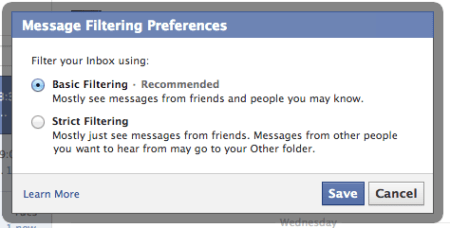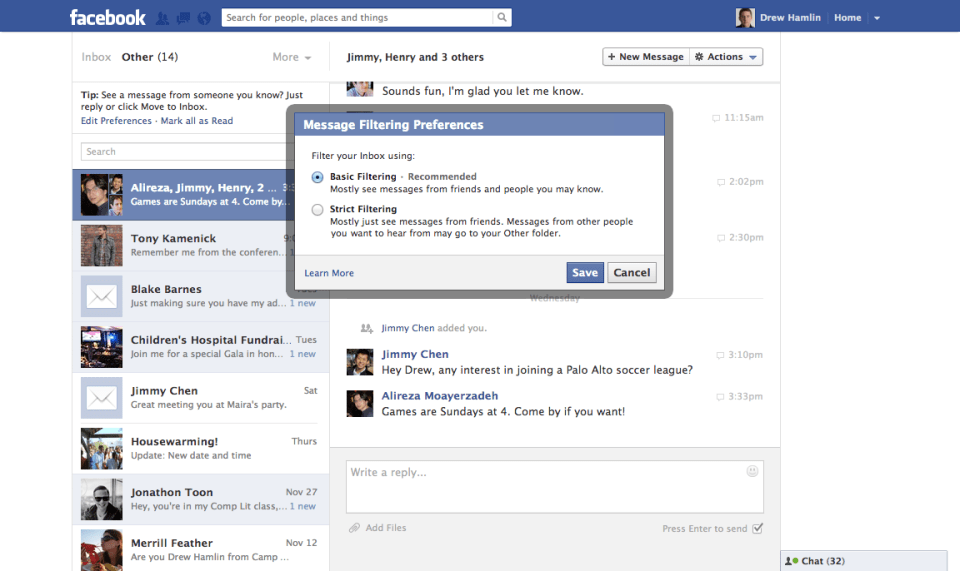 When Snapchat launched a video update last week, AllThingsDreported that Facebook was planning on releasing its own photo and video sharing app to compete with Snapchat. Facebook’s new standalone app, Facebook Poke, was released today, expanding on Facebook's original "poke" concept.
When Snapchat launched a video update last week, AllThingsDreported that Facebook was planning on releasing its own photo and video sharing app to compete with Snapchat. Facebook’s new standalone app, Facebook Poke, was released today, expanding on Facebook's original "poke" concept. After connecting to Facebook Poke with a Facebook account, users can take a video or photo, write a message, or send a standard poke notification to friends who are also Facebook users. Each message lasts only a few seconds before expiring, after which time it is no longer visible.
If a screenshot is taken, users are notified with a bright orange icon on the feed, which is the same functionality found in Snapchat. Users can browse through sent messages in Poke by tapping and holding on a message.

Media sent via Facebook Poke is not visible in the standard Facebook app, but people will get a Facebook notification to download Facebook Poke to see Poke messages. Like the rest of Facebook's apps, Poke has a menu for reporting inappropriate content.
Facebook Poke is a free download on Apple's App Store.
http://www.macrumors.com/2012/12/21/facebook-launches-its-own-version-of-snapchat-called-poke/













